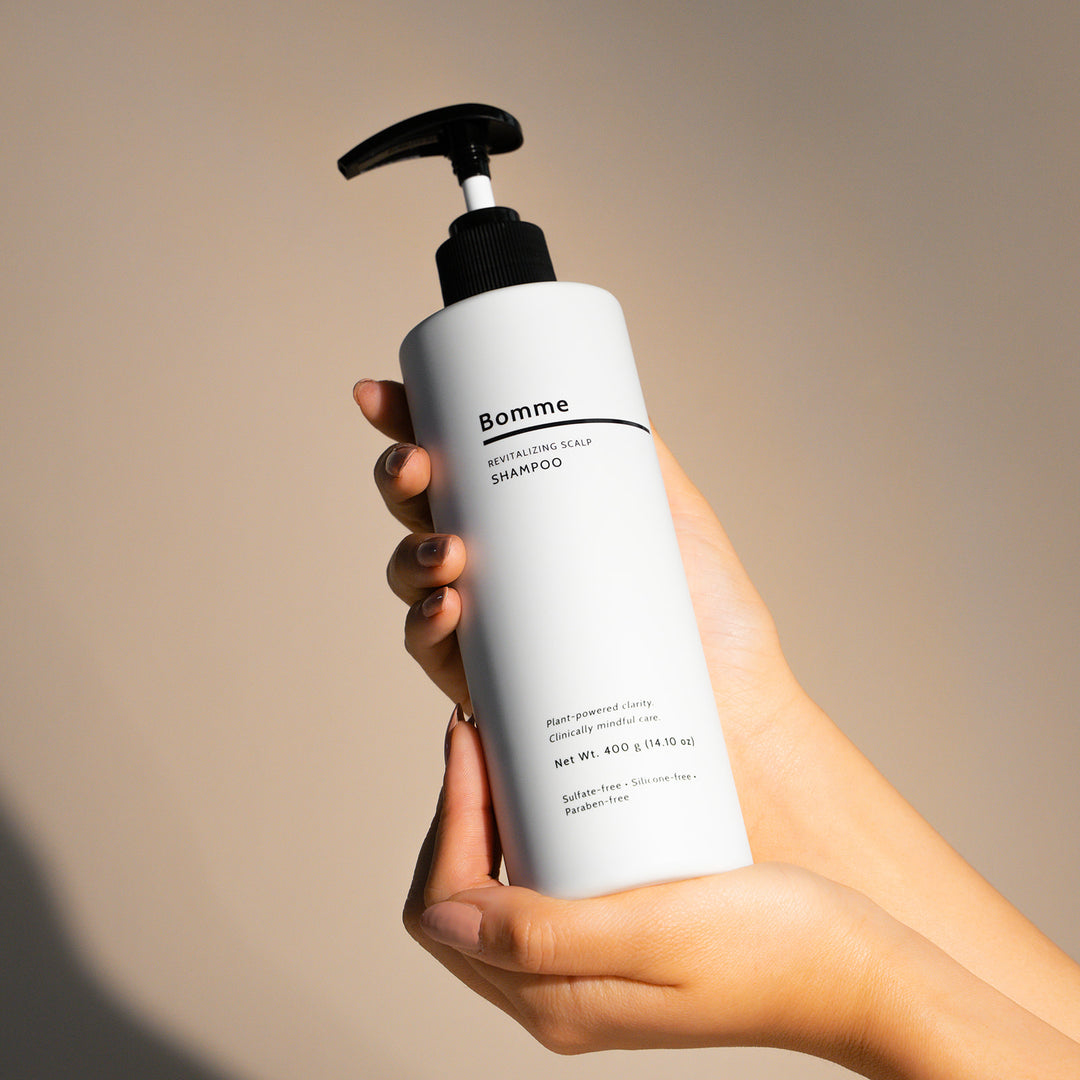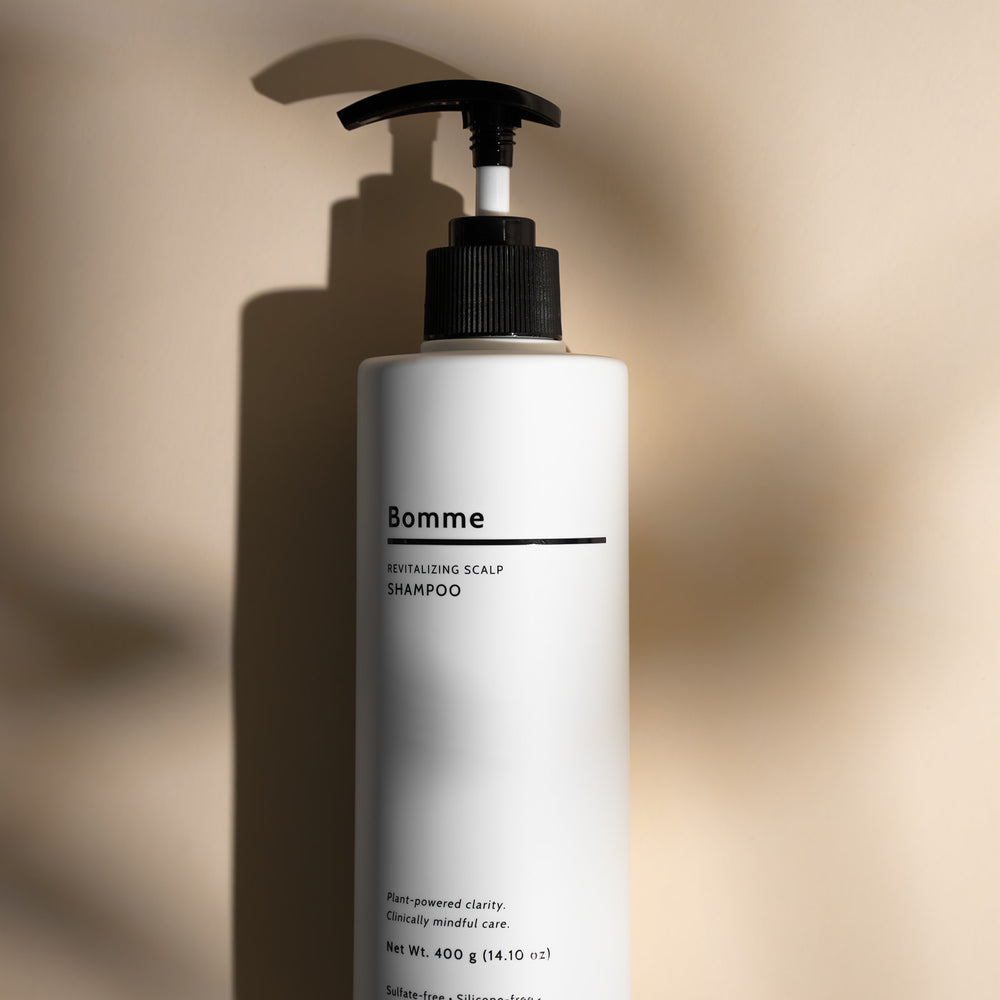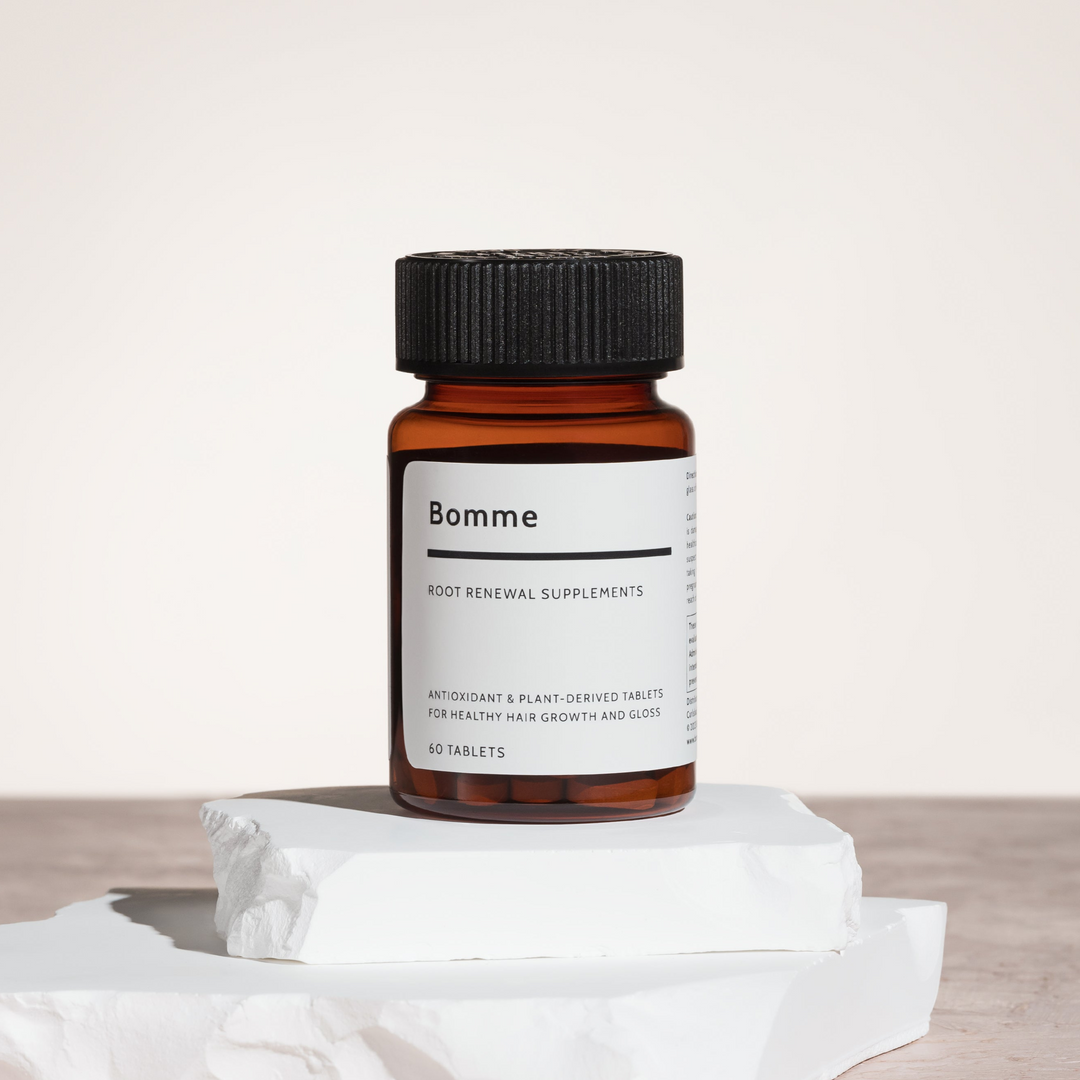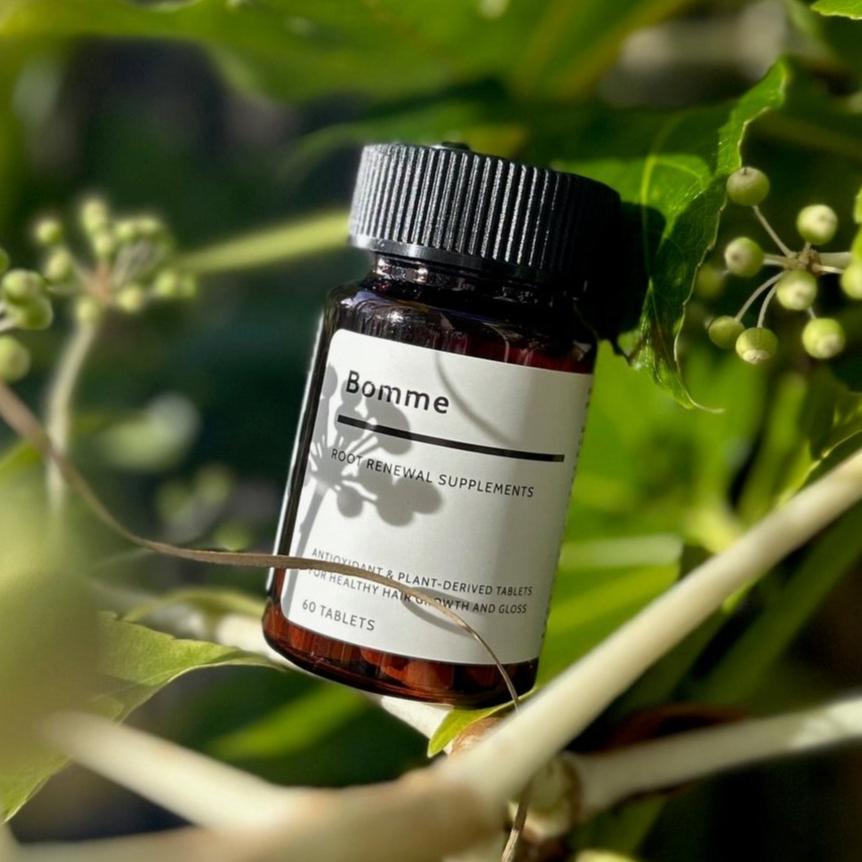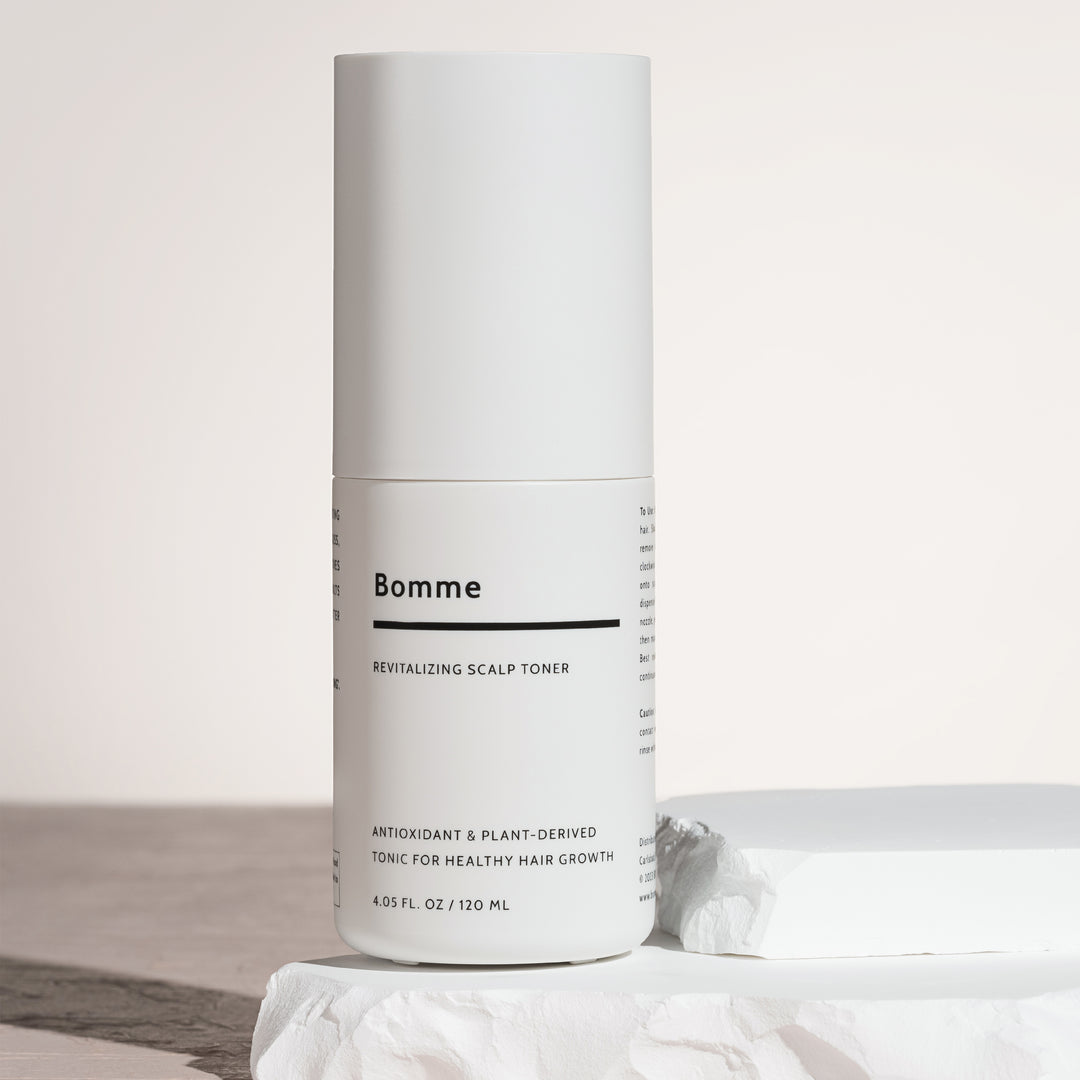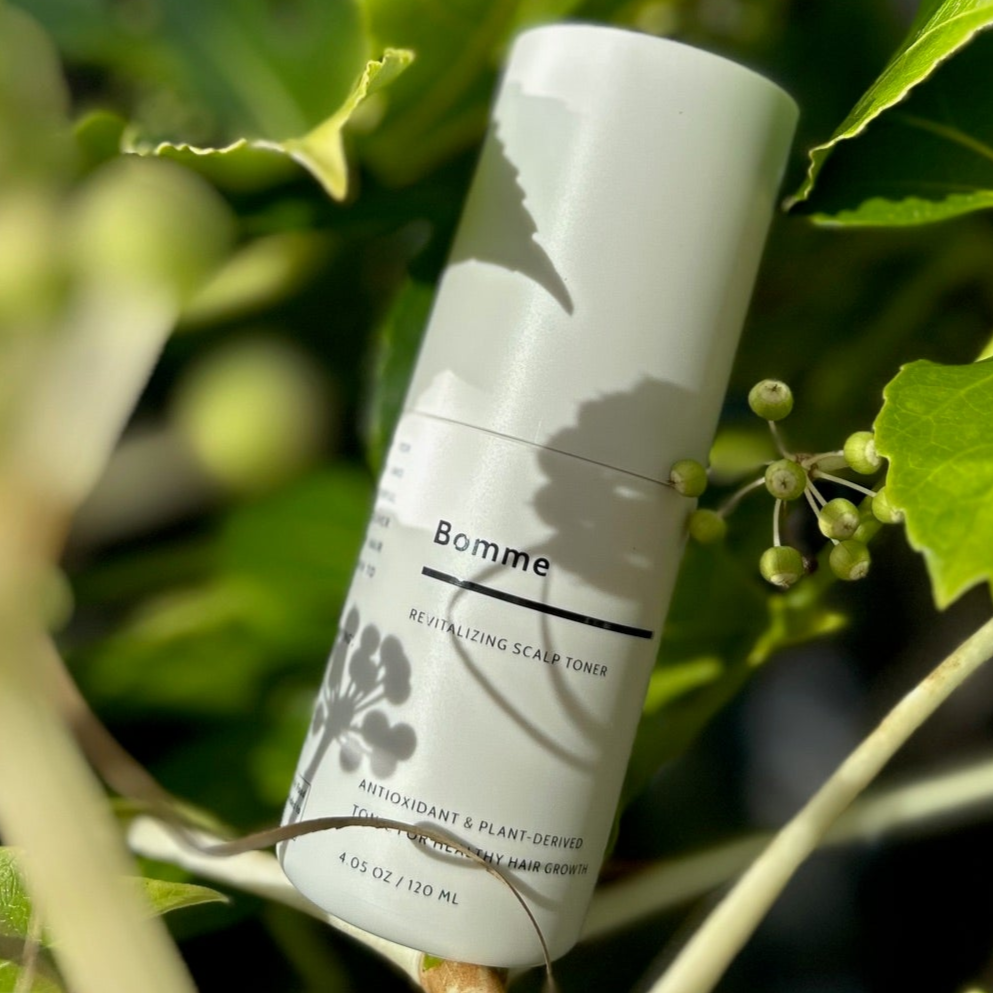When it comes to haircare and hair trends, social media has completely changed the game. The rise of social media has fundamentally altered the way we construct and comprehend the complex world of hair care. From demystifying intricate hairstyles to creating innovative care routines, social media platforms like Instagram, TikTok, and YouTube play a critical role in shaping the way we style and care for our hair.
Social Media Marketing: The Ins and Outs of Influencing
The birth of social media “influencing” has evoked a wide spectrum of reactions, ranging from disgust over its perceived superficiality to awe over the seemingly endless possibilities. Wherever you stand on influencer culture, one thing is certain: influencers get people talking.
With their ability to amass and retain large followings, influencers have become the trendsetters of our time. Through carefully curated posts and tutorials, they shed light on what’s hot and what’s not, while also helping viewers make sense of the complexities of hair care. Their ability to reach and engage large audiences has made them key players in popularizing new hair styles, techniques, and products. Take the rice water craze, for instance. This trend, which is a riff on a long-standing practice of treating hair with rice water, gained enormous traction during the pandemic thanks to hair influencers like Anisa Sojka.
Influencers frequently collaborate with hair care brands and professional hairstylists, creating mutually beneficial partnerships. Brands leverage influencers' reach to promote their products, often sending them exclusive items for review or inviting them to red carpet events.
Collaborations typically take the form of sponsored content. Through photos, reels, graphics, and text, influencers subtly and not-so-subtly show their audience just how game-changing a certain brand’s products are. Unlike traditional marketing, which often involves one-way communication, the interactive nature of social media allows influencers to connect with their followers in a very personal way. These interactions foster a sense of trust and loyalty, making their endorsements and recommendations highly influential. In this way, partnerships boost product sales and increase visibility for brands, while solidifying the influencer's position as a key player in the beauty industry.
Moreover, the diverse backgrounds of influencers have promoted greater inclusivity in the hair care industry, addressing the needs of different hair types and cultural practices that were often overlooked in traditional media. For example, Melanin Haircare founder Whitney White started making social media content after finding few quality resources for Black women and their haircare needs. “As I was learning about my natural texture, I was researching, and I couldn’t find a lot of information about my specific hair texture, just a few videos. YouTube wasn’t that big back then. So, I thought, ‘I can make videos. When I figure something out about my hair type, I will share it with other women like me.’”
As influencers continue to evolve and adapt to the ever-changing digital landscape, social media influencing will evolve in kind, taking on different shapes and creating more opportunities for innovation.
Social Media Platforms and Their Unique Roles
In this dynamic landscape, platforms like Instagram, YouTube, TikTok, and Pinterest play unique roles. Each platform offers distinct advantages, enabling influencers to share content in various formats, from short, engaging TikTok videos to in-depth YouTube tutorials. This versatility allows them to cater to different audience preferences and expand their reach.
- Instagram: Ideal for visual content, Instagram is perfectly formatted for before-and-after comparisons, short video tutorials, and product endorsements. Instagram’s comment section also provides content creators a space to interact and form connections with their followers.
- YouTube: An older social media platform, YouTube contains more long-form content such as in-depth tutorials, product reviews, and hair care routines. YouTube's longer format is perfect for comprehensive educational videos.
- TikTok: Known for its short, engaging videos, TikTok is a great way for influencers to offer quick tips, popularize trends, and participate in viral challenges with younger audiences.
- Pinterest: A hub for inspiration, Pinterest allows influencers to share curated boards featuring different hairstyles, color trends, and hair care tips. It's a go-to platform for users seeking ideas for their next look.
- Other platforms: Facebook may not be as popular with the youth these days, but it’s still one of the best platforms for community-building. It is lends itself well to a variety of mediums—text posts, photos, videos.
Social Media as a Tool for Education and Awareness
Social media platforms enable us to connect with individuals all across the globe. One aspect of social media that is not discussed often is its role as an educational tool. Many influencers use their accounts to offer tutorials, tips, and product recommendations to users seeking guidance on a myriad of issues that go beyond the world of beauty. Hairstylists and beauty enthusiasts share their expertise through step-by-step tutorials, addressing common concerns like hair damage, hair loss, and styling techniques.
Additionally, social media campaigns raise awareness about hair health, unrealistic beauty standards, and representation in the beauty industry. Visual platforms like Instagram and TikTok have become virtual runways for showcasing different hair textures, lengths, and styles. Many content creators and social media users take advantage of the openness of social media to freely celebrate their natural hair or raise awareness for hair-related issues such as alopecia.
Visibility of diverse hair types is critical as it fosters inclusivity and empowers individuals to embrace their beauty. By spreading awareness and fostering discussions, social media not only enables individuals to make informed decisions about their hair care routines, but also empowers them to take pride in their hair and hair care choices.
Direct Access
One of the biggest benefits of social media is its accessibility. Social media connects us directly to experts and expert knowledge. Many hair stylists, dermatologists, and beauty experts will hop onto social media to share their varied insights through posts, videos, and live sessions. In their posts, professionals commonly address issues like hair loss, breakage, and scalp health. For example, dermatologists might explain the science behind hair growth by going into the nitty gritty of medications like minoxidil. Hair stylists, on the other hand, might upload a step-by-step tutorial demonstrating styling techniques that minimize damage. This direct link to expert knowledge and evidence-based information thus empowers users to make informed decisions about their hair care routines.
Product Recommendations
Influencers and experts often test hair care products and offer unfiltered opinions on their effectiveness. By highlighting the pros and cons of each product and explaining how they work for different hair types, reviewers assist users in selecting the products that best meet their needs. This transparency builds trust and helps consumers make better-informed purchasing decisions.
Viral Challenges and Hashtags
Viral challenges and hashtags amplify the reach of hair-related content, creating global trends overnight. From #BeautifulHairChallenge to #HairFlipTransition, these challenges encourage users to embrace their hair, experiment with different styles, and just have fun with their hair.
Community Building
Forums, comment sections, and dedicated groups provide spaces for individuals to connect over shared hair concerns and goals. These communities can offer emotional support and practical tips, creating a sense of belonging and solidarity between individuals who have undergone similar journeys. For example, those who experience an abrupt loss of hair due to illness can find countless online spaces dedicated to that very issue. Community building is essential because hair is a sensitive topic for so many of us. Due to the various meanings and associations we’ve assigned to hair, losing it has enormous psychosocial consequences.
Challenges and Criticisms
One of the primary criticisms leveled against social media is that it promotes unrealistic beauty standards and harmful practices. Scroll long enough on any social media platform, and you’ll be sure to find at least one filtered photo or edited video. Being bombarded by these images of sleek, shiny, full hair can lead to feelings of inadequacy and low self-esteem. In extreme cases, it can lead to anxiety, depression, and body dysmorphia. Such feelings are compounded by the comparison culture fostered by social media. This competitive culture can drive individuals to take drastic measures to alter their appearance such as excessive heat styling or chemical treatments.
Another potential pitfall is the promotion of potentially harmful hair trends. While many viral challenges and tutorials offer fun and innovative styling ideas, some can encourage practices that damage hair. Trends promoting or encouraging excessive heat application, tight hairstyles that stress the scalp, or the use of unverified home treatments can lead to hair breakage, scalp irritation, and long-term damage. The influence of popular but unqualified individuals recommending unproven and even unsafe practices underscores the need for critical evaluation of the trends encountered online.
Conclusion
Social media plays a significant role in shaping hair trends, fostering creativity, diversity, and inclusivity within the beauty community. Through content creation, strategic collaborations, participation in viral trends, and cultural advocacy, social media influencers shape the dynamic landscape of hair culture. However, it is crucial to navigate this space mindfully, balancing experimentation with hair health and promoting authentic representations of beauty.


